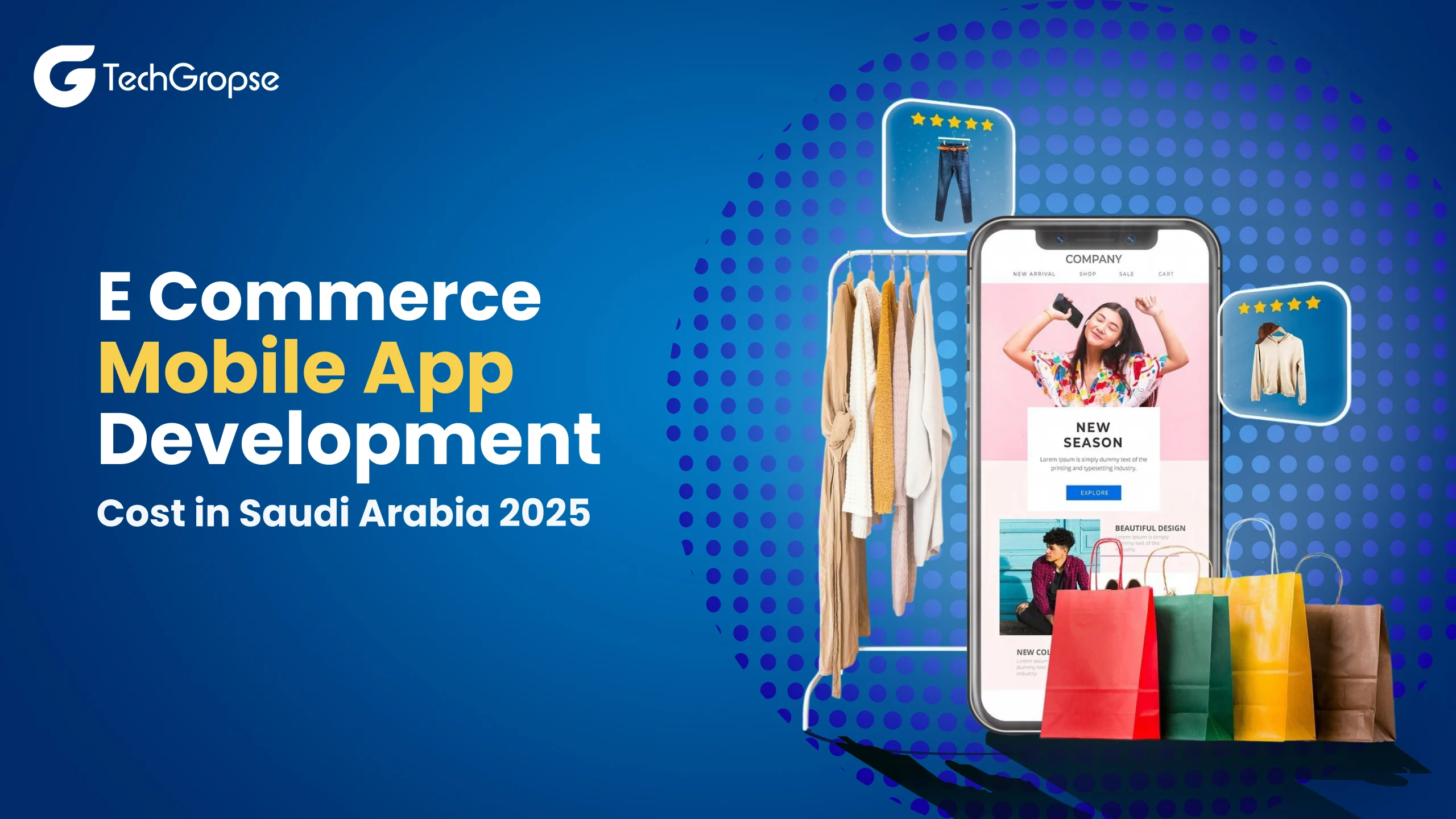Ever wondered what could be a great business idea? Starting an Insurance app, especially in this app-driven world will work wonders for you.
Mobile applications and other digital services are no longer a luxury, as the worldwide epidemic has reminded us. In the case of insurance, the whole sector has been shifting toward mobile-first solutions in recent years. Having an app now gives you a significant competitive edge, but in the coming years, it will soon become a necessity.
If you are interested in knowing how to launch an insurance app, we will help you understand it in 10 simple steps. Keep reading further to learn how to launch an insurance app.
Research and Planning
Like any other application, the first step to launch an insurance application is research. Here, it’s important to decide on short- and long-term objectives and a strategy for achieving them.
You must fully comprehend the target audience’s preferences and behaviors in order to develop the best customer-oriented strategy. You must also figure out how to draw users to the application, how policyholders will use it, what needs it will meet, and what will encourage customers of an insurance company to download it.
An examination of the competition is also essential. You must research competing insurance offerings that are comparable to yours and weigh their advantages and disadvantages in order to establish your worth, develop a unique selling proposal, and establish your competitive edge.
Consider not only the essential features but also the extra opportunities and trends from recent years while establishing a winning plan and a vision for the ultimate result. You should also take care of personalization, telematics, chatbots and AI/ML, self-service, APIs, cybersecurity, and more aspects. This is the key to luring customers away from other businesses.
You must understand that the success and future of your mobile app are directly proportional to the impact of your strategy development. For this you must truly understand why anyone, be it an insurer, or a policyholder requires it.
Define a Target Audience
You must specify who your product is intended for. A mobile app for health insurance may be intended for patients, healthcare professionals, or an insurance company’s internal operations. The present-day app, however, combines all 3 in a reliable manner.
Your product should be savvy enough to provide cutting-edge features and solutions to fulfill the needs and demands of your target market. If you wish to exceed expectations you can do so by taking a look at customer feedback and market surveys.
Keep your Eyes out for Competitors
Players like Oscar, Aetna, and Cigna rose to the top of the insurance field by adopting innovative and one-of-a-kind marketing strategies. They made investments in interactive platforms and applications to strengthen their relationship with clients and better understand shifting requirements while meeting existing ones.
It is necessary that your mobile app is not grouped with simple apps with uninteresting interfaces. Your app must be engaging, stable, easy to use, and distinct from those of your competitors in order to accurately represent the caliber of your goods and services. To launch an insurance app that can beat records, you must analyze what the best market leaders are doing.
Choose a Business Model
At this step, we assess the advantages of creating a mobile application for your insurance company. Free apps with advertising, freemium (a blend of free and paid premium features), paid apps, subscriptions, and sponsorship are some of the most popular revenue models.
You must address a variety of questions before making a decision. What issues does this application address, and how? Why is it special? Why do policyholders intend to download it? How well can the monetization strategy selected work for this app?
It’s vital to achieve a balance between the need to make money and the desire to draw in more consumers. While some monetization strategies let you start making money as soon as the app is out, others allow for a more gradual increase in audience size.
Remember that before the app is released, a monetization strategy must be created and implemented. Monetization strategies can be used simultaneously; just one of them has to be used.
Therefore, the business model must be selected before the MVP phase in order to assure proper implementation of the business model in the application and lower development costs.
If this didn’t occur, it doesn’t necessarily indicate that the starting was a failure. A future version of an app could incorporate a different business model. Additionally, always keep in mind that you can create three versions rather than one and test your MVP company ideas three times more quickly to find the best for you and progress.
Choose the Best Business Partner
Select the appropriate partners – The digital journey is a complicated one that calls for coordination across a variety of activities, including app development, graphic design, digital marketing, internet of things (IoT) integration, and online sales optimization.
In order to expand through digital channels, it is better if an insurer already has current and adaptable systems, designated decision-makers, and established customer service skills.
You must also take care of the platform you wish to develop your app for. If it is for Android platform, hire android app developers. On the other hand, for iOS you will need to partner with a company that can provide the best iPhone app development services.
Additionally, reinsurers are crucial because they offer depth and breadth in a variety of fields of expertise, including data analytics, underwriting, risk management, and claims adjudication. Be sure to hire dedicated developers from the best on demand app development company that have skilled ability to build insurance apps.
Designing your Insurance App
What type of insurance application you want to develop is already clear to you. It’s time to get on to the design’s execution because constructing a new app requires focusing on providing the greatest user experience possible.
Clarifying the requirements, planning the UX (choosing the architecture and creating a prototype with all of the major interface components), and designing the user interface are all important at this point.
Here, rapid prototyping is useful. Mobile developers test concepts, choose the best features, and evaluate whether a possible product is practical and usable via prototyping. A lightweight prototype is also essential to determine whether the project has access to the technology required to help it accomplish its objectives.
Therefore, it is best to not miss this stage since prototyping enables you to test a company idea before beginning the MVP development. This stage determines how successfully the implementation will work, as well as whether or not the project will be able to cut costs and time during the development process.
Insurance App Development
You are now ready to build and launch an insurance app. Before going on to the following stages of development, use an MVP to test your business model.
Subsequently, at this point, you should confirm that both prospective and current policyholders need your product; gather feedback, evaluate the need for improvements, and properly prioritize them; recognise the best course of action for future development after numerous iterations; attract the first users; and begin generating revenue.
An MVP must be developed properly if it is to reflect the actual situation. A hastily produced “raw” product won’t enable testing the demand prediction.
On the other hand, MVP should be developed as soon as possible, with the least amount of money invested, and it should only have the essential features (the user needs for which we must check).
Prior to creating an MVP, you must first decide which features, tools, and capabilities are essential for your insurance app. The remaining features may be implemented once policyholders begin using the system and provide feedback. You can create a plan when the hypotheses are confirmed, feedback is processed, and key performance indicators are assessed.
The development of a minimal viable product aids in avoiding the construction of pointless features that will not benefit the user but instead waste your resources. Therefore, an MVP cuts down on the time and expense of insurance app development.
Q/A Testing
An insurance application must be tested for efficiency, errors, compatibility, security, and satisfaction of insurers and policyholders before it is made available to the general public.
Even though QA only occupies around 25% of production time, it is a pivotal point. By identifying and resolving any potential issues before a product is released to the public, rigorous and high-quality testing may help you save money in the long run. Additionally, QA guarantees dependability and stability, which is precisely what consumers of insurance apps want.
App Launch and Support
The launch of the finished app does not mark the end of the application development life cycle. You need to bear in mind that iOS and Android are continuously updated in addition to submitting it to the app stores.
As a result, you must always ensure that your software is current and functional on the newest platforms. Rapid changes in the insurance market and industry may necessitate the addition of new features to your product. Additionally, you need to advertise your app to draw in new users and continually handle their comments to keep the satisfaction level high.
Scalability, additional features, greater engagement, and an enhanced user experience are all ensured by high-quality post-release support and maintenance.
Stay one Step Ahead
In order to keep up with the rapid speed of change, insurers must become more creative and competitive as the sector advances and embraces digital technology.
This adaptability is applicable to both the current customer journey and the numerous new client touchpoints that will undoubtedly appear in the future. Make sure that your app keeps getting new updates and integrated with the new features that come in the market.
Conclusion
The industry’s natural shift to increasingly innovative techniques has been expedited by COVID-19, and this tendency is still going strong in the face of other influences and worldwide changes.
We are currently working with Gen Z users, who are both our present and future users. In the US, there are 65 million members of Generation Z; 98% of them are smartphone owners, and they all switch from desktop to mobile products. The market as a whole is moving toward digital, mobile-first experiences thanks to Gen Z influencers.
Understanding the same pattern, insurance companies which are one of key market players have started shifting towards updating business models by investing in a top Insurance App development company to launch an insurance app for their business.
Therefore, the creation of insurance mobile apps is required rather than desirable given the state of the industry today. Businesses find insurance applications appealing because they may increase income, attract more users, follow market trends, and beat rivals.
Always keep in mind that finding a dependable and trustworthy mobile app development company always halves the fight that comes when you plan to launch an insurance app.
Do you need to launch an insurance app too? Hire on demand app developers to build insurance apps for your platform.
Partnering with a leading mobile app development company in Saudi Arabia can ensure that your insurance app is built with the right features and security to meet industry standards.










